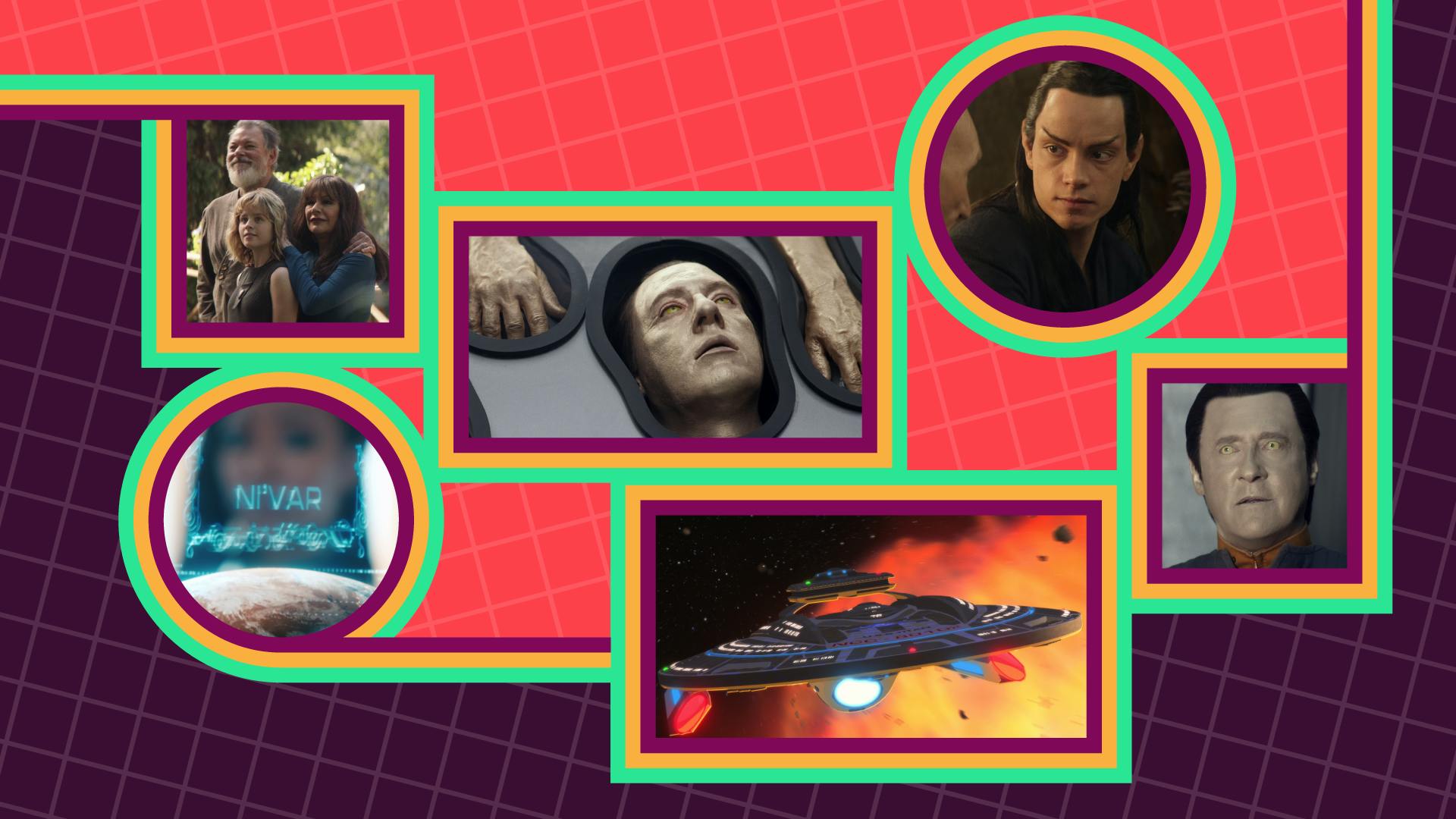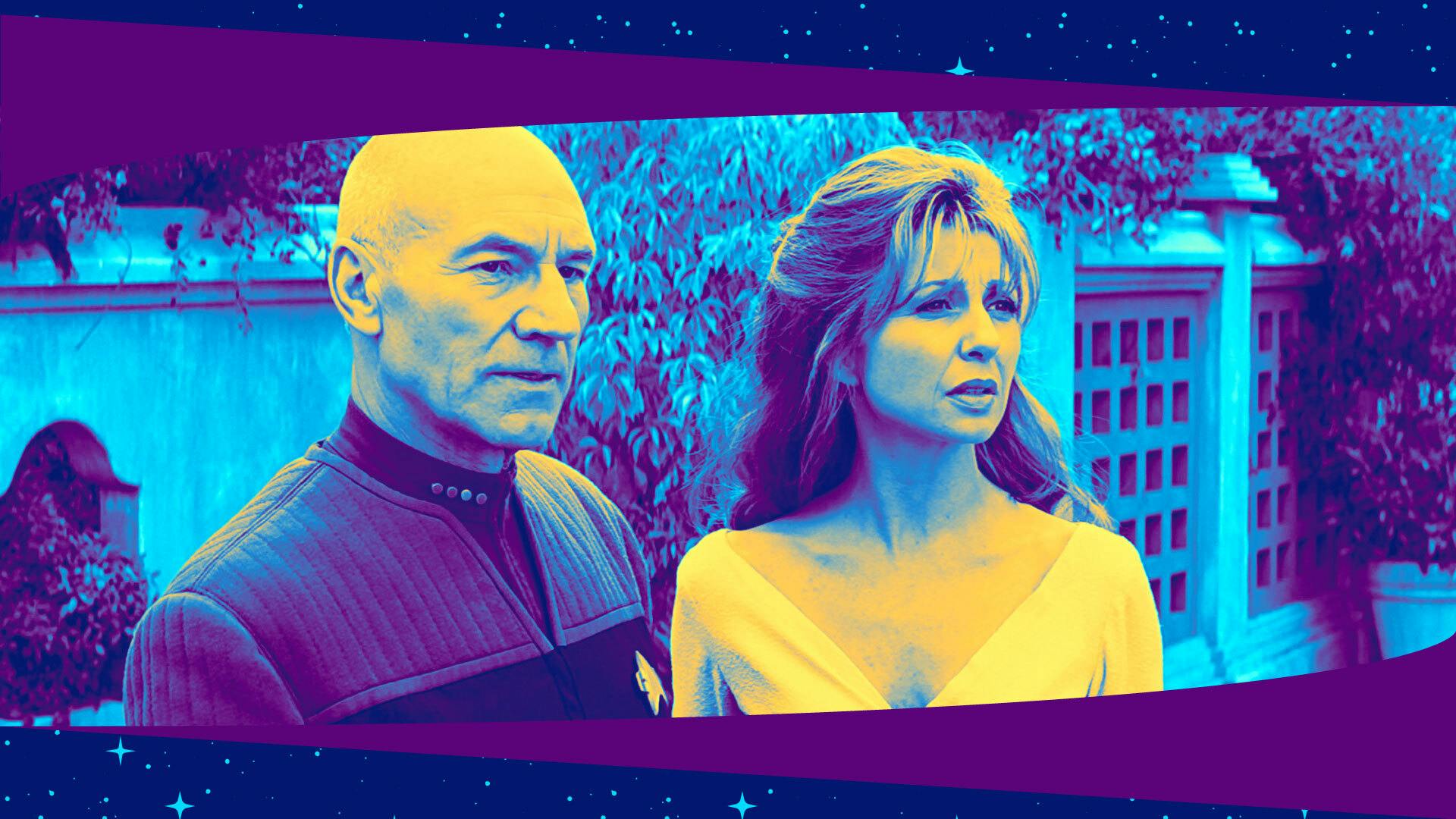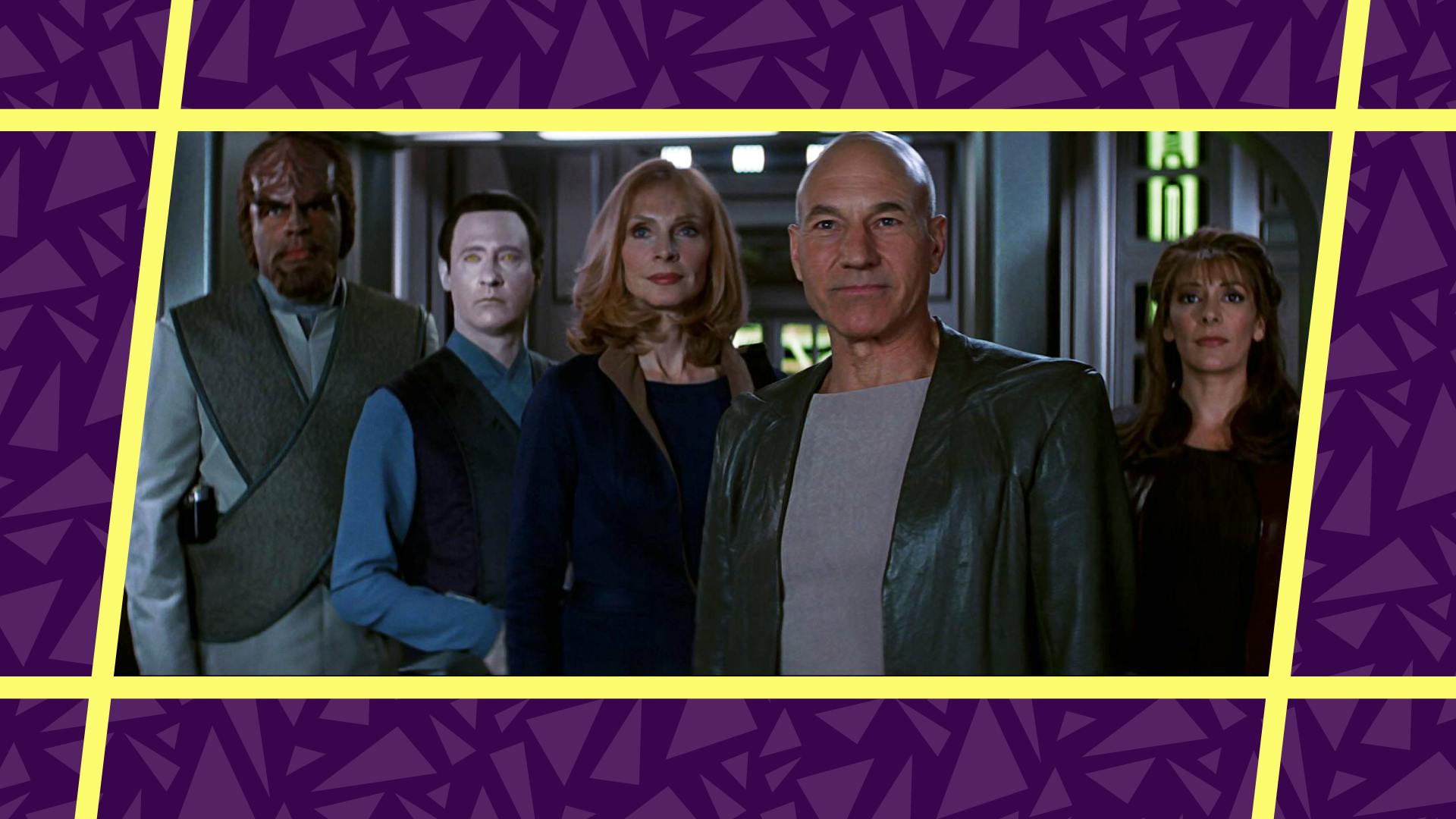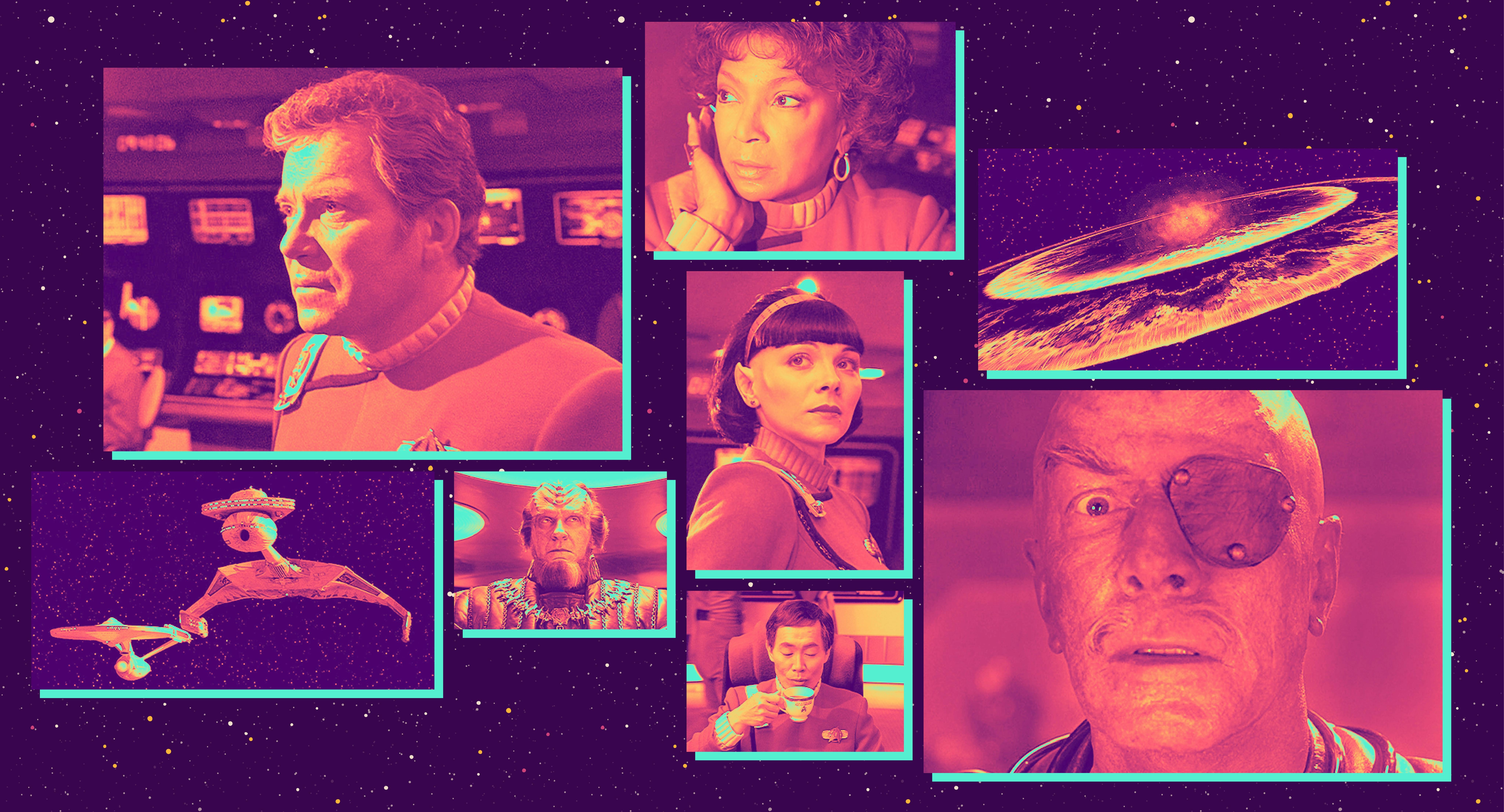Published Dec 7, 2023
Looking Back at the Music of 'Star Trek: The Motion Picture'
How Jerry Goldsmith tackled the majestic score for the Enterprise's first big screen adventure, in theaters 44 years ago today.
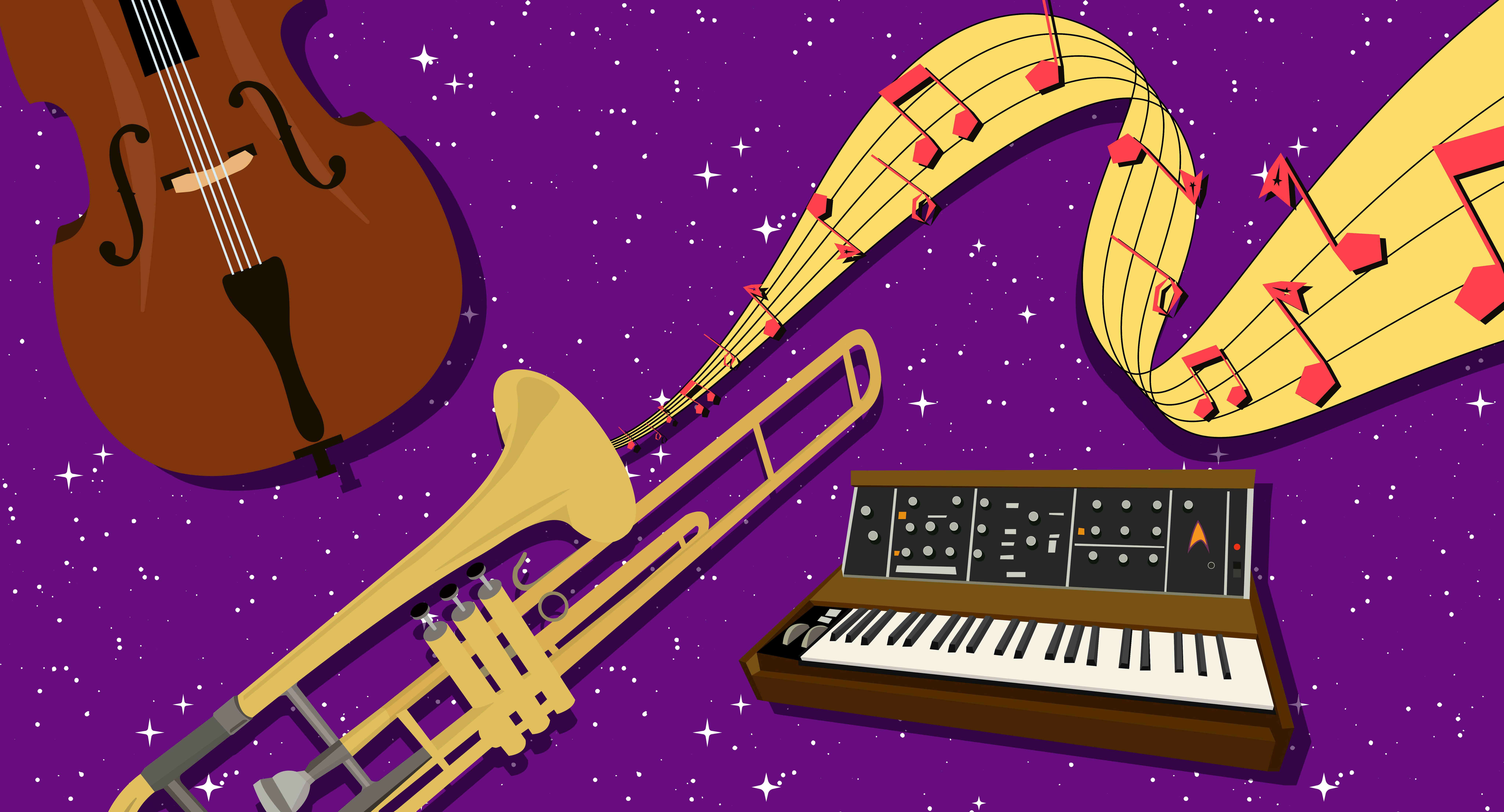
StarTrek.com / Charlotte Tegen
"I was miserable," admitted Jerry Goldsmith.
Four months from the December 7, 1979 release date of Star Trek: The Motion Picture, the composer only had a limited amount of footage and had to begin recording in a month. It was hardly an ideal situation, and it would get worse before it got better, but Goldsmith's score would go on to become an iconic part of Gene Roddenberry's creation.
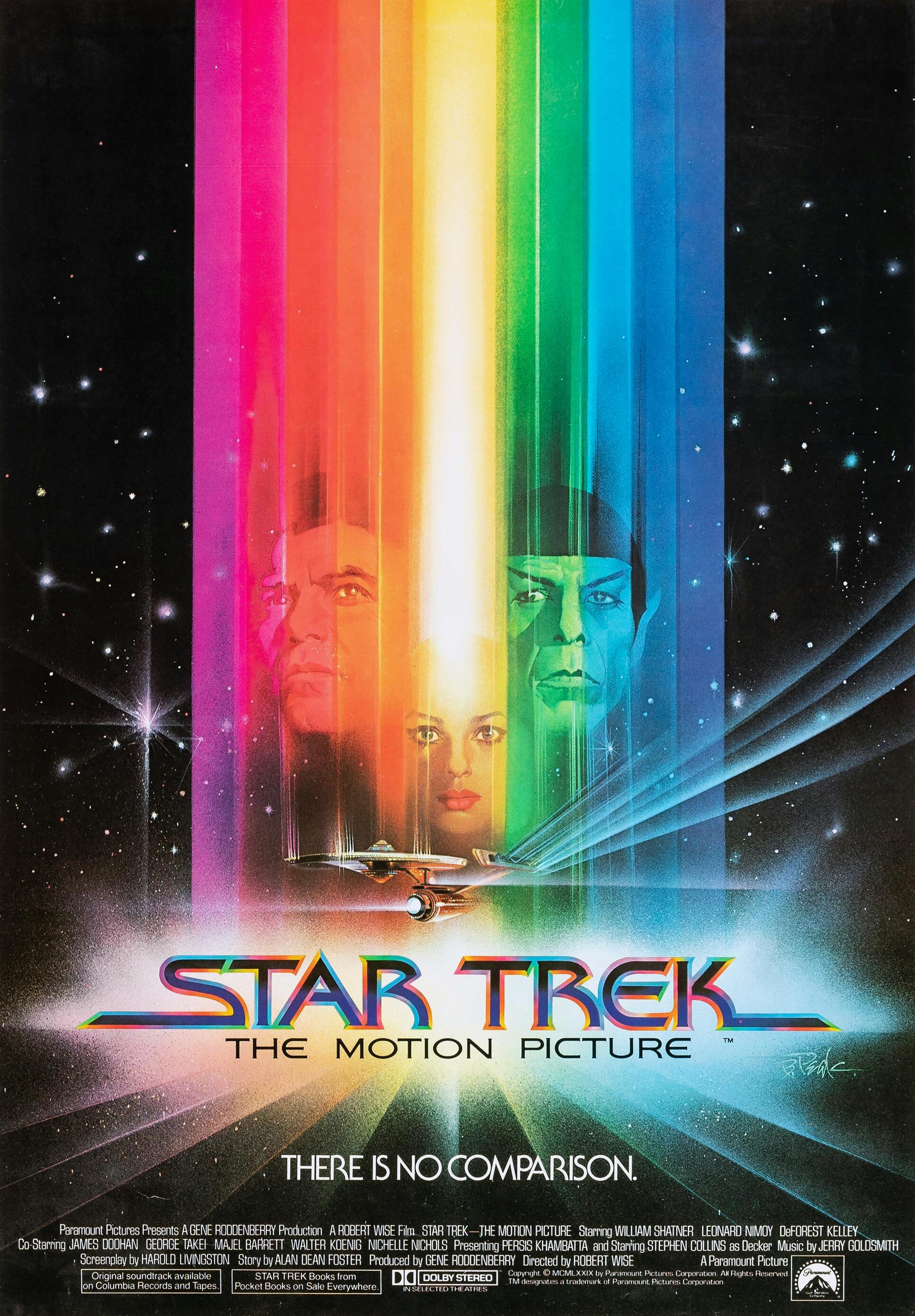
StarTrek.com
The issues during The Motion Picture’s production were far larger than the music. Paramount had given the film a budget of $46M and locked in the release date while there were still story problems, not to mention visual effects difficulties. Subsequently, the post-production process was manic, and Goldsmith was writing music as fast as he could with what little he had. But when he put his music in front of the orchestra to record, director Robert Wise was less than thrilled.
Recalling his thoughts on the 2001 DVD release of the Director’s Edition of the film, Wise said, "It's not working. I listened to the first couple of pieces and it didn't seem quite right to me. I got visions of sailing ships somehow.."
In the same behind-the-scenes interview, Goldsmith admitted, "I was crushed." Wise went onto explain his problem with the music — there was no theme. Specifically, there was no Star Trek theme.
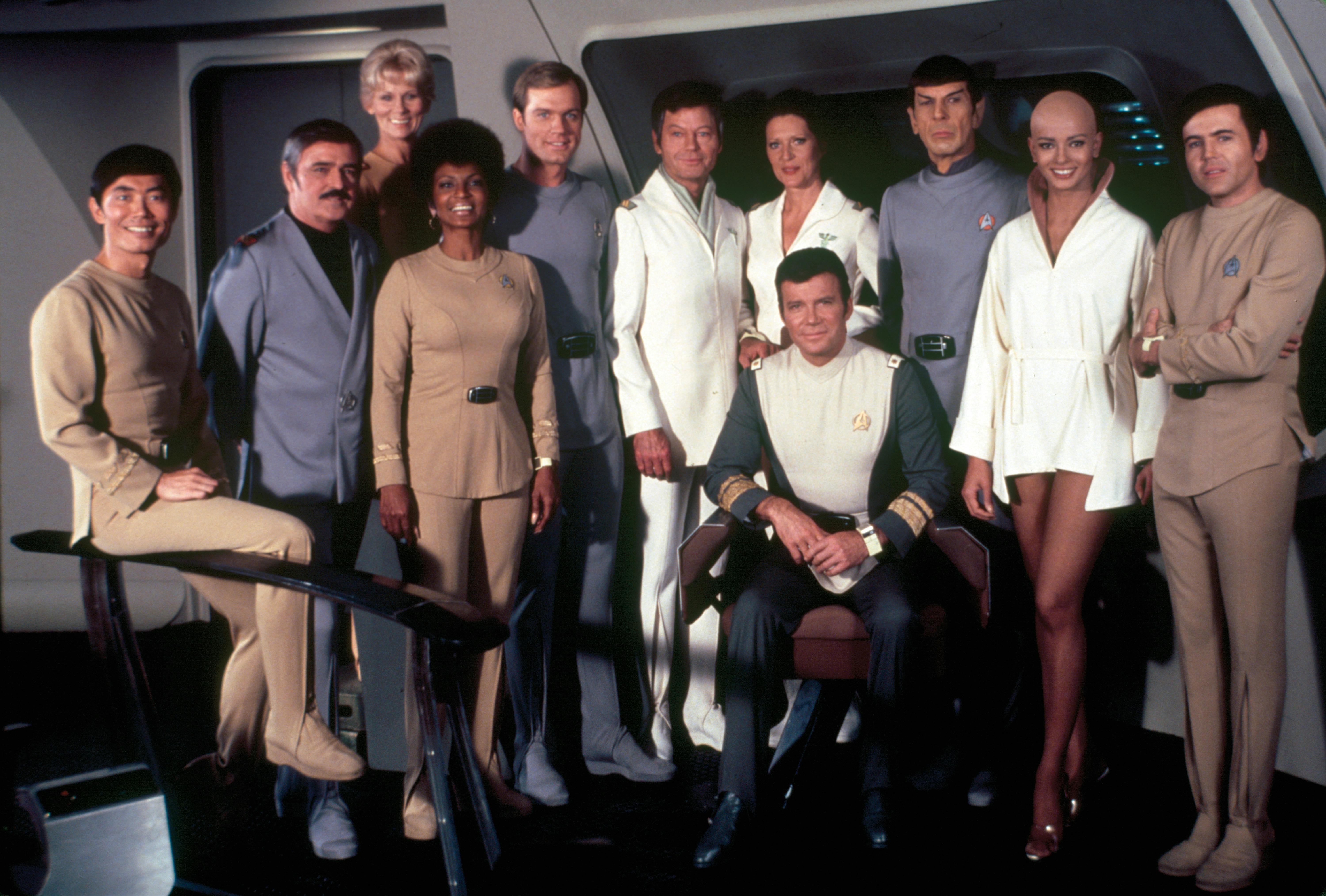
StarTrek.com
The composer struggled on, but 10 days later, he played his new creation for the director. Upon hearing the next version, Wise approved and asked, "Why didn't you come up with that in the first place?" With the themes written, Goldsmith revised the cues he had previously recorded, and the score was on its way.
Goldsmith recruited original Star Trek composer Fred Steiner to write several cues based on the material, and November of 1979 saw the belated arrival of some of the film's effects sequences. The score was finally completed on December 2, and five days later, The Motion Picture left drydock.
While reviews were mixed across the board, Goldsmith's score stood out as a towering achievement, one that not only gained him his 12th Oscar nomination (he had previously won for 1976's The Omen), but also one that would be an integral part of Star Trek's future legacy.

StarTrek.com
One of the challenges Goldsmith faced was to compose a symphonic score that was different from John Williams' Star Wars compositions, which hit two years prior. Instead of the leitmotif device Williams utilized, Goldsmith employed his main theme as a backbone, using it to encapsulate an approach that combined the romance and mystery of space exploration. This was a new direction for Goldsmith, venturing into a more romantic idiom of scoring.
"He was definitely a modernist," said composer David Newman in the liner notes for La-La Land’s definitive release of the soundtrack. Newman, who played the violin on The Motion Picture, added, "I think Star Trek was a turning point for him. I think he realized he couldn't be a Planet of the Apes modernist and compose [for] films."
But The Motion Picture is still very much a Jerry Goldsmith score, especially in the way it adds esoteric instruments and electronic augmentation to the traditional orchestra, harking back to previous scores such as Planet of the Apes (1968) and Alien (1979). One of the signature sounds of the film is the blaster beam, the instrument which emits the harsh electronic tones for V'Ger. This was built and performed by Craig Huxley, using "a long piece of aluminum with metal strings strung the whole way over it and amplifiers under each string," as Goldsmith described it.
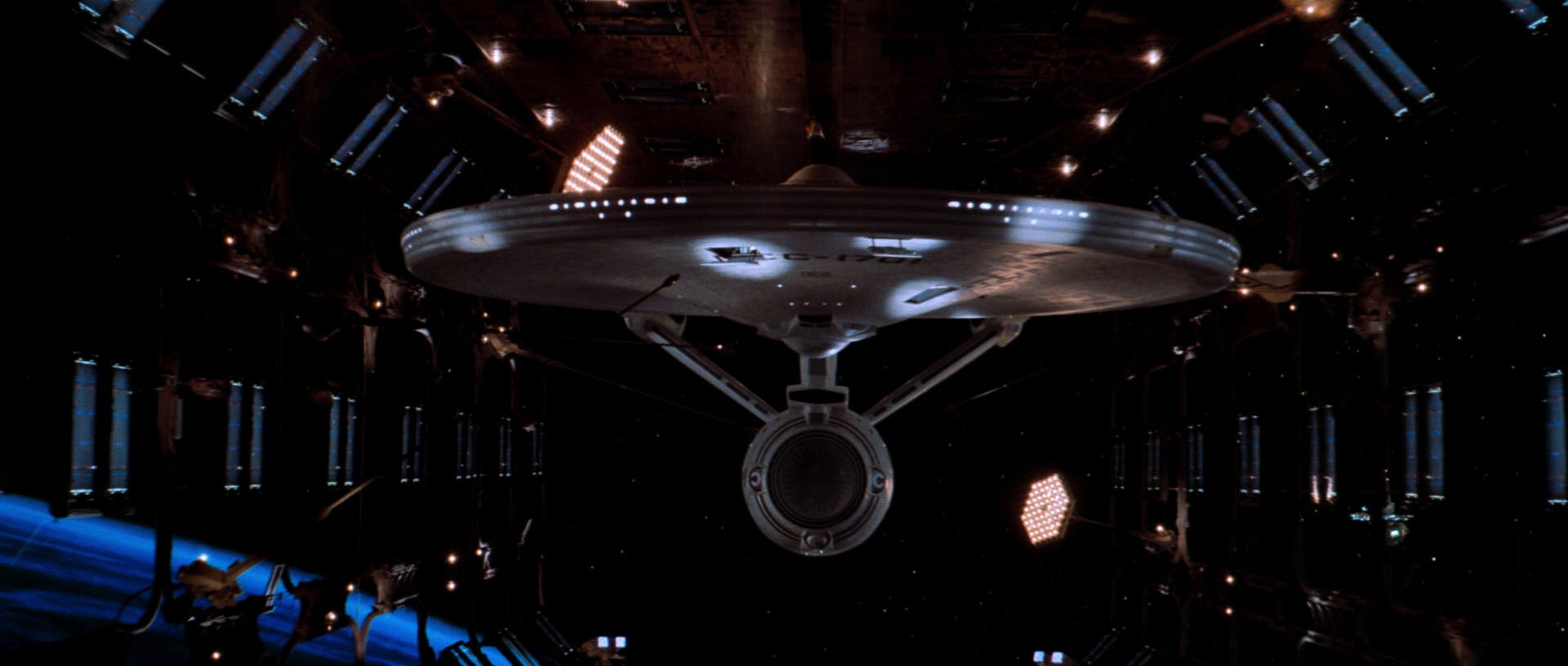
Star Trek: The Motion Picture
StarTrek.com
Goldsmith introduces his main theme in a thundering fashion, setting out his intent in the opening credits, which, in the La-La Land liner notes, film score expert Jeff Bond calls "a musical distillation of Roddenberry's utopian vision." In the same notes, Goldsmith himself echoed Roddenberry's original concept of Star Trek as a western, saying that it was no different than "the stirring music you'd play in a western as they're going across the plains... The only difference is you're going across the universe."
Goldsmith's theme conjures up a bold feeling of exploration, cutting a path through the stars with the Enterprise in its wake, while its B-theme suggests not only adventure but the connection between Admiral Kirk and the starship herself. Goldsmith expanded on this in "The Enterprise," the show-stopping cue that scores the moment when Kirk and the audience first glimpse the brand-new refitted starship.

Star Trek: The Motion Picture
StarTrek.com
Almost as a contrast to the Federation's benign mission, the opening sequence introduced Goldsmith's theme for the legendary warrior race of Klingons. Setting a trend for other composers to follow, Goldsmith used the theme to summarize their barbaric and aggressive tendencies, with the Indonesian angklung and plucked strings leading the sharp and angled main melody. Interestingly, Goldsmith would return to this material for his score to Star Trek: First Contact, where it was turned on its head to become a heroic motif for the character of Worf.
Goldsmith's music for V'Ger explores the dynamics between the idea of a living machine — a contradiction in terms — and its quest to meet its creator, with a long-lined undulating melody conveying a mechanical feel but also suggesting that something else lies under the surface. The score also features a haunting ostinato for the Enterprise's journey through V'Ger, and surprisingly, another motive, which is a minor-mode version of Ilia's theme, foreshadowing the union at the climax of the film.
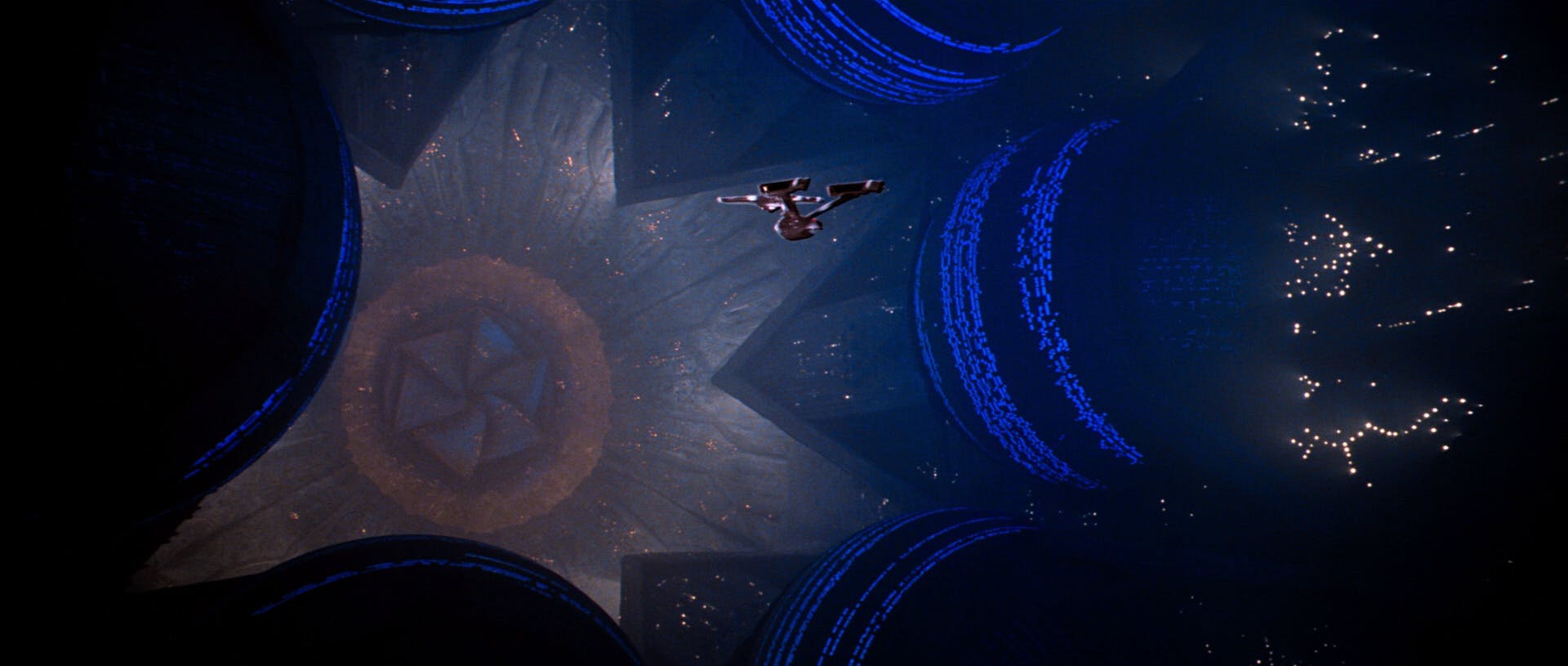
Star Trek: The Motion Picture
StarTrek.com
Ilia's theme, which also appears as the overture —one of the last for a theatrical film for several decades — is the main love theme of the film, a gorgeous but delicate melody representing the Deltan's previous relationship with Commander Decker. Also in tune with V'Ger is the composer's fascinating theme for Spock, a truly alien melody that captures the character's unemotional state as he unsuccessfully attempts to purge his human emotions in the Kolinahr ritual, which Goldsmith juxtaposes with the V'Ger material to indicate their destinies may be intertwined.
An interesting anomaly is the lack of music referring to The Original Series. While Star Trek as a franchise is still musically defined by Alexander Courage's famous opening fanfare, Goldsmith requested to not use any of Courage's music. Although, he later relented and allowed Courage to write an arrangement of his main theme to score two sequences where Kirk narrates the Captain's Log. The result is a pair of brief cues that present the theme in a very subdued manner, a far cry from its use in the original series but appropriate for the seriousness of the Enterprise's mission.
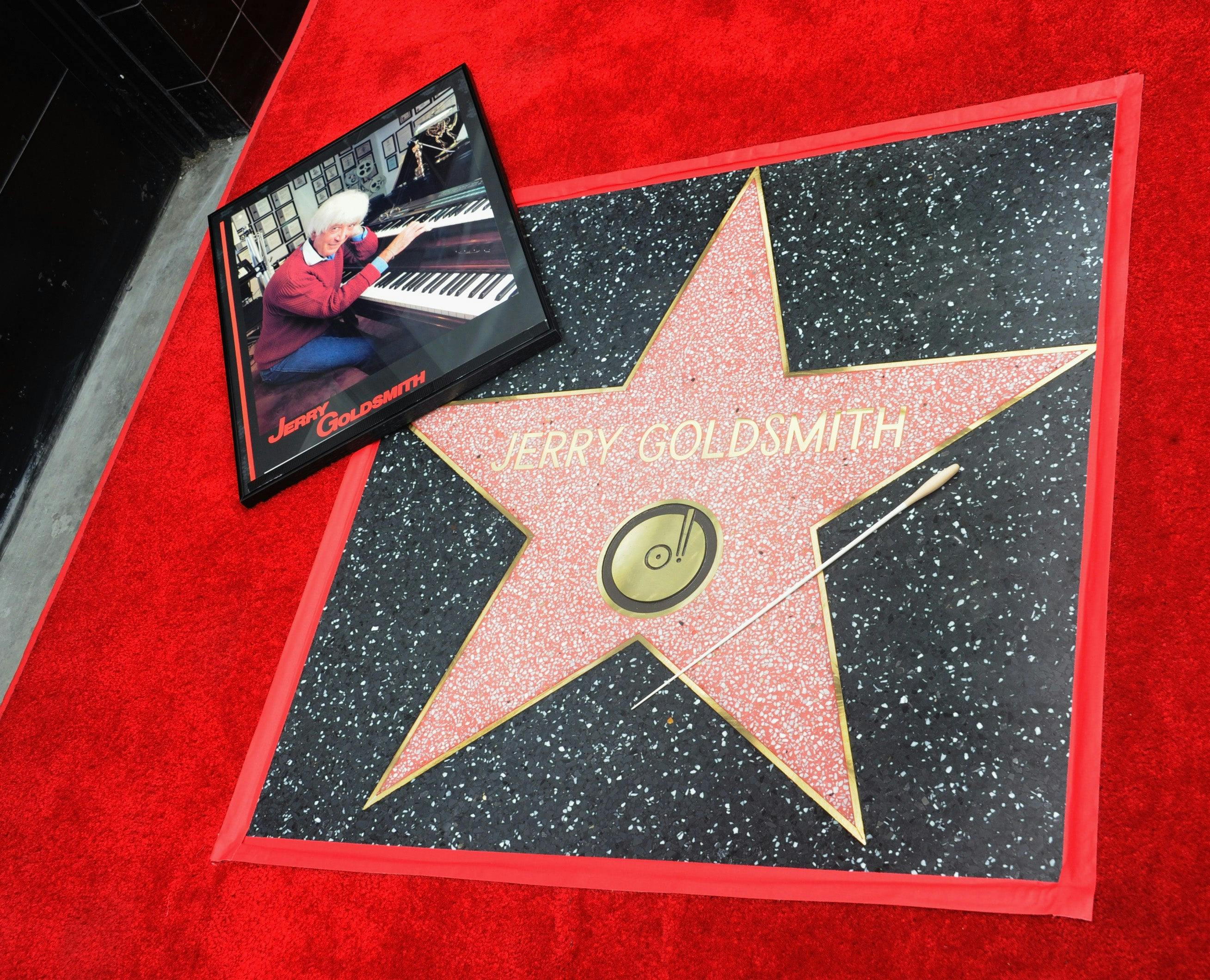
Getty Images
Jerry Goldsmith returned to the franchise in 1987 when The Next Generation debuted, with the opening credits of the show successfully combining the Courage fanfare and the Goldsmith theme (something the composer would later do himself in 1989 for Star Trek V: The Final Frontier). He composed music for three additional movies, as well as wrote the main title theme for Star Trek: Voyager. Whether it was for film or television, where Star Trek was concerned, Goldsmith was omnipresent.
Sadly, Jerry Goldsmith passed in 2004. However, his music for Star Trek and particularly The Motion Picture continues to live on, through the wonderful La-La Land soundtrack release, as a concert staple, and in the hearts of Star Trek fans across the universe. For them, there is no comparison.
